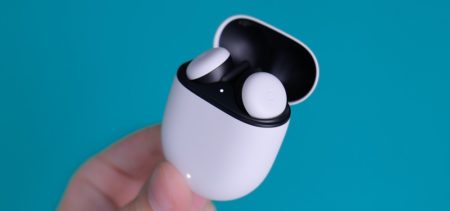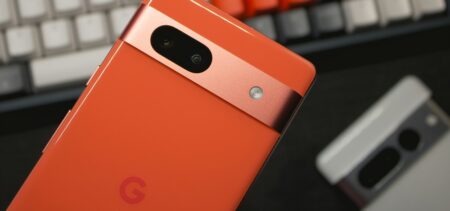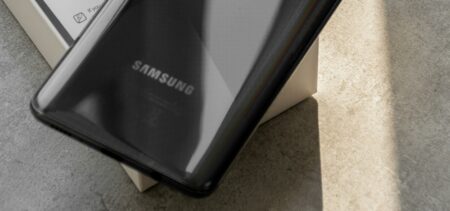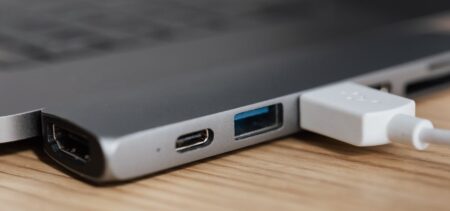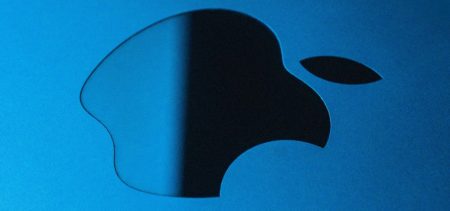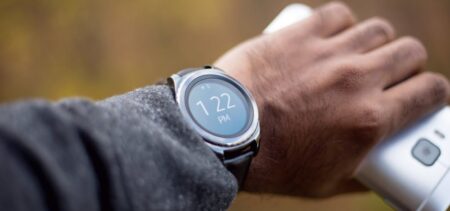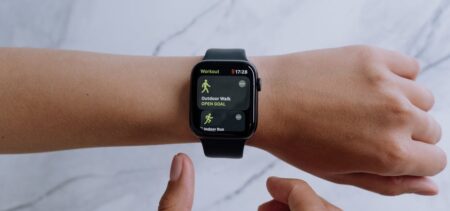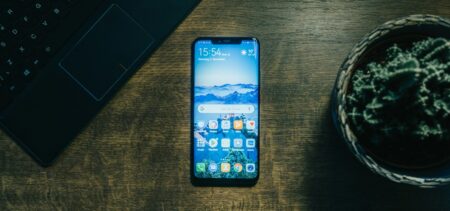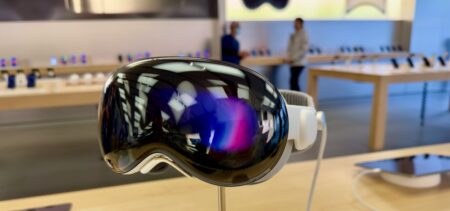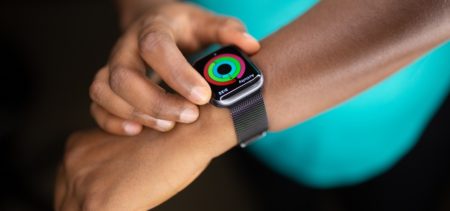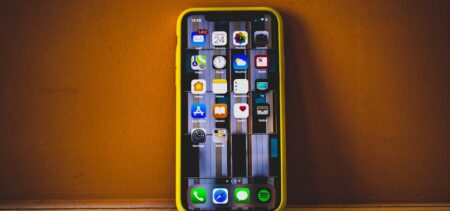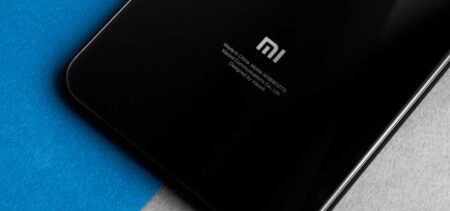The Power over Wi-Fi (PoWiFi) tech system won the 2015 title for one of the most game-changing technologies of the year. Developed by the University of Washington researchers and previously announced by Popsci in June 2015, this concept harnessed the already existing power in Wi-Fi routers and converted it into low energy that can deliver power to certain devices.
Therefore, a correct expression would rather be “power from the Wi-Fi”. In addition, we must not remain under the impression that the said transmitted power is able to charge mobile phones; for now, the delivered energy has demonstrated the maximum capacity to charge a small fitness tracker (41 percent battery in 2.5 hours on a fitness Jawbone tracker). Wireless routers have a one-watt power output limit, which eliminates smartphone batteries from the matching devices that can be charged via this system.
Popular Science included this prototype among its winners of the “Best of What’s New 2015” awards under the tagline “a camera powered by Wi-Fi”.
The devices that could benefit from this technology for now are low-resolution cameras, fitness trackers and a various array of sensors. The real target of such innovative power sources are these sensor chips embedded in connected technology – powering the sensors in a viable, cost-effective and efficient way would be a step forward in IoT evolution.
How does PoWiFi work?
In PoWiFi, the Wi-Fi router emits electromagnetic radiation for a limited surface area around it, via unused parts of the wireless spectrum. A Wired article on this technology details on the opportunities and the limitations of this (relatively) new system. The decreasing power towards the circular emission area’s edges would be one of the technical issues. The other big problem that prevents the system from charging phones would be its low power strength.
Why relatively new? Because the concept of wireless power belongs to Tesla, while the modern application is not exclusive to the Washington University team. For example, Energous, CA is planning a 2016 rollout of their products, under the “Power Unplugged” tagline. Their system features a transmitter-receiver-controller software trilogy destined for efficient power delivery without any wiring involved. The Energous product is named WattUp. The over-the-air charging patent and trademark are pending (according to their website data), and the same information source avoids clearly defining exactly what devices are targeted.
However, the Washington University team managed to solve the signal inconsistency challenge (the intermittently sent signals caused energy leaks), by optimizing their router. Their tests were also positive in what concerns the overall effects on the wireless internet signal: no video streaming or page loading issues appeared while testing the system in six different locations.
The importance of wireless power technology
Developing and tuning wireless transmitted power can prove essential for Internet of Things (IoT) efficiency. The connected devices from our offices and homes feature embedded sensors that need to be powered constantly. These essential communication-enabling sensors are even more crucial in industrial IoT applications that employ embedded circuits in connectivity, monitoring and process coordination.
Perhaps you remember reading about production line elements communicating via smart sensors. These sensors need a constant low power energy source and providing such energy via the already present WiFi routers through some added tweaks would be a fast and welcomed solution. Router optimization might be a solution at hand that does not conflict with FCC router regulations.
Another article considers how this new technology could disrupt previous Low-Power Wide-Area Network (LPWAN) plans. The LoRA Alliance currently holds the mission of standardizing LPWAN, in their attempt to provide Wide Area Networks for IoT – here are some more technical details on how communication between IoT devices looks like from their perspective.
Wireless power – an advancement factor
We have underlined the importance of powering low energy transmitter-receiver systems in the IoT context. Whether this would be accomplished first via Wi-Fi power delivery or via LPWAN technology is still unclear, but nevertheless the viral questions regarding a possible 2016 IoT boom partially depends on how the sensor powering challenge will be met. The evolution of industrial automation is practically determined, among other factors, by functional wireless power solutions.
These tiny but crucial IoT components are generically denominated microelectromechanical systems or MEMS. Sensors are just one of the three categories, alongside the actuators and the structures. A different categorization method lists MEMS by their application field, which is ranging from healthcare to micro-scale energy harvesting (alternative power sources sensors).
Currently wireless power represents a challenge for researchers and manufacturers, and there are parallel attempts worldwide to provide viable solutions. Here are some relevant examples:
- The Power by Proxy project (Auckland) offers on its webpage quite an instructive summary of how wireless power works, its history and applications.
- So does the Wireless Power Consortium, NJ – while promoting QI technology for cell phones wireless charging.
- Linear, CA produces various sensors and MEMS elements, Wireless Sensor Networks alongside PowerbyProxy wireless power systems.
- WiTricity, MA is for a number of years in the business of wireless power transfer systems based on magnetic resonance.
- The Japanese MuRata Manufacturing Company produces from capacitors and inductors to sensors and wireless connectivity platforms. As power transmitting methods, they employ electromagnetic induction, magnetic resonance and radiowave.
- The AirFuel alliance features AT&T, Broadcom, Duracell, WiTricity, Qualcomm and other renowned entities in its Board of Directors. Its goals are boldly taking wireless power “to a world where virtually any enabled work surface can power a device”, exceeding “traditional locations like homes, offices, restaurants, and hotels”. The Alliance for Wireless Power and the Power Matters Alliance united under the AirFuel denomination, which gathered so far 195 member companies.



